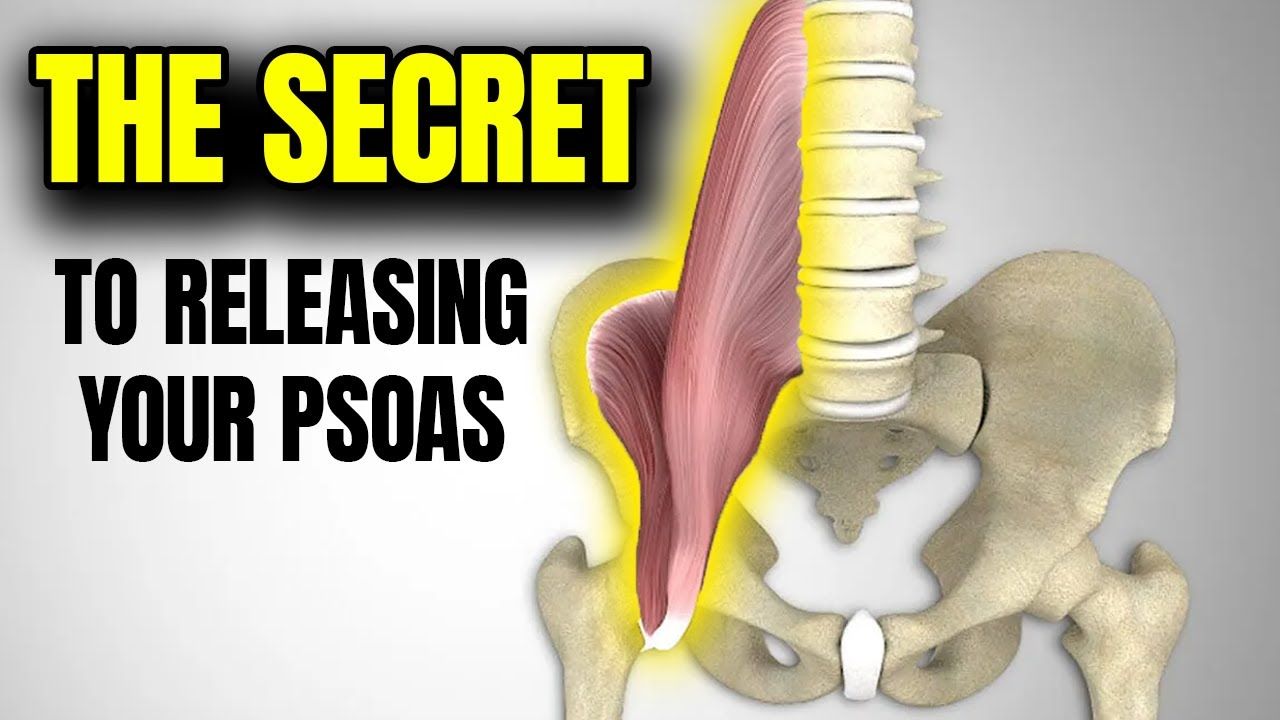The Secret To Releasing A Stubborn Tight Psoas!
Mar 12, 2025
Many people struggle with hip flexor tension, particularly a tight psoas, which can lead to pain, restricted movement, and general discomfort.
Traditional approaches—like stretching and foam rolling—may provide temporary relief, but they fail to address the root cause of the issue.
The Real Cause of Hip Flexor Tension
Most common methods focus on muscles, but the real problem often stems from bone positioning and overall body mechanics.
Muscle tension is usually a result of a forward center of gravity (COG), where the body shifts forward to compensate for a restriction in joint movement.
One of the most overlooked limitations? A lack of true hip internal rotation.
When hip internal rotation is restricted, the brain pushes the COG forward to compensate. This often leads to an anterior pelvic tilt, or pelvis that's tipped forward, with an increased lower back arch and rib flare.
These compensations create excessive tension in the lower back and hip flexors, including the psoas.
Many people instinctively stretch these tight muscles, but this only provides temporary change that doesn't last.
The Smarter Solution for Lasting Relief
Rather than fighting the tension with more stretching, the key is to restore proper alignment by bringing the center of gravity back and relieving compression on the back side of the pelvis.
When this happens the pelvis and ribcage return to a better position, hip internal rotation is restored, and the psoas and other hip flexors can relax.
In today’s video, I demonstrate three exercises designed to:
✔ Shift the center of gravity back
✔ Relieve compression in the posterior chain
✔ Finally relax that stubborn psoas!
Give it a try yourself or with your clients!


